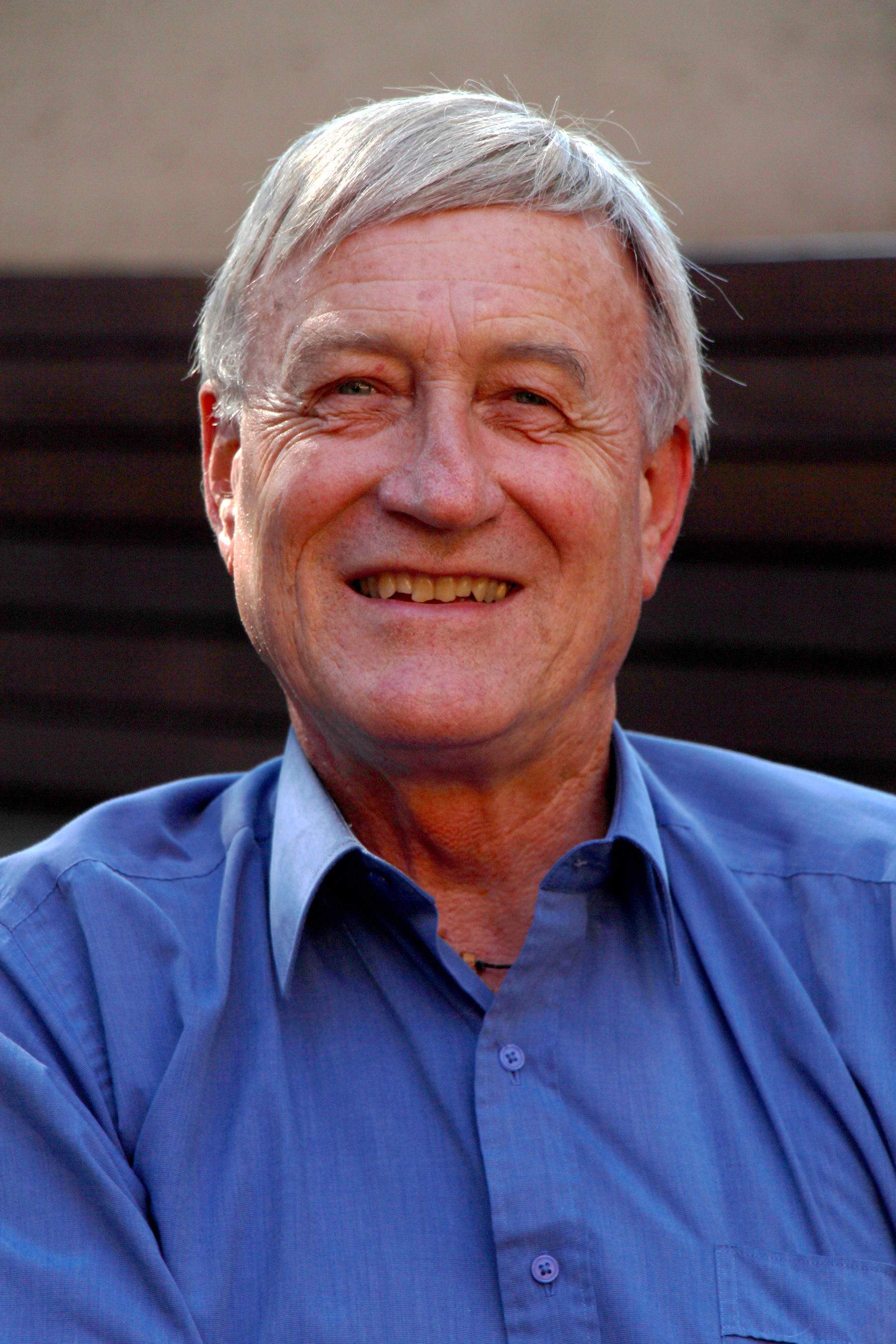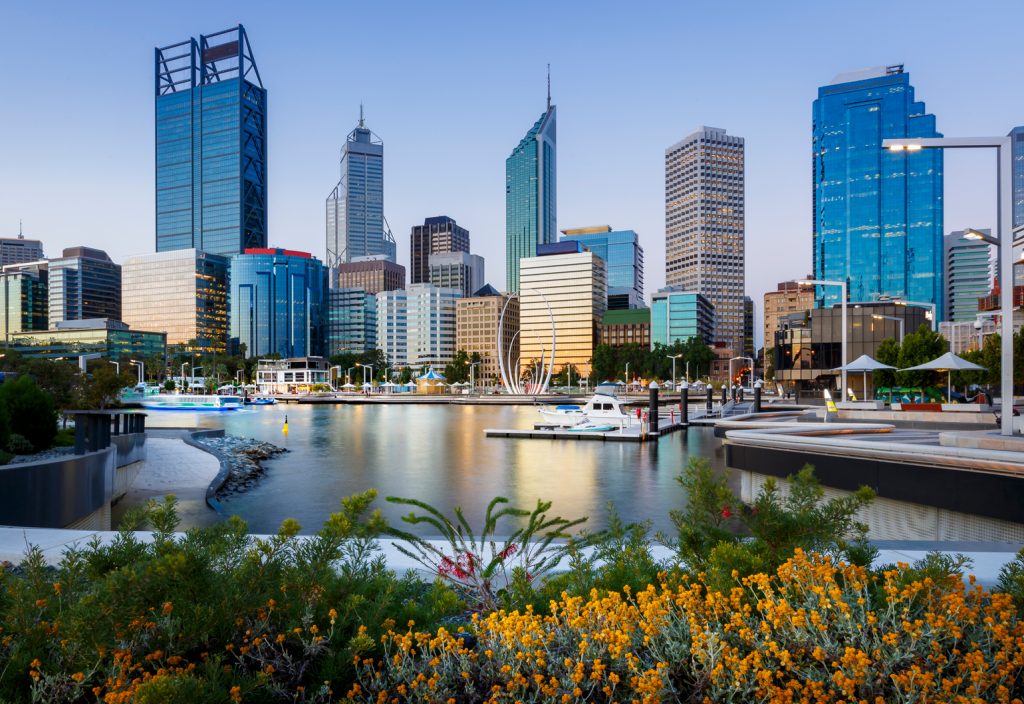Peter Newman, a professor of sustainability at Curtin University, was recently named Western Australia Scientist of the Year 2018. In the lead-up to his appearance at the Australian Engineering Conference, he sat down with create to talk about sustainable urban design, transport practices and why more engineers should contribute to policy.
create: What was it like to be named Scientist of the Year?

Peter Newman: Fantastic. I have always been a scientist, but I realised early that having a science background could only really show what the problems were and help set a vision for the changes needed.
If I was to deliver this vision, I needed to understand how government systems like planning worked and also how politics worked. I was very fortunate to have been given experience working in government and in politics.
The combination of science, planning and politics has enabled me to not just imagine the future but to deliver it. I have applied this approach locally, nationally and globally, and I found I could make a contribution.
This recognition as WA Scientist of the Year suggests that others can now see how a scientist can cross into planning and politics and still be seen to have kept true to the fundamentals of being a scientist.
create: What are you most proud of in your career?
PN: The work in resurrecting the railway in Perth over the past 40 years was a labour of love, as nearly every election we were able to win one more step along the journey. The last election was a $6 billion extension of five rail lines – that is a long way from bringing back the Fremantle line, which I led the campaign for in 1979-1983. I was able to write papers and books about the lessons I learned, and with Jeff Kenworthy providing data we helped spark a rail revival.
Now I am the coordinating lead author for transport with the Intergovernmental Panel on Climate Change (IPCC). I was also involved in numerous local issues like stopping the logging of old growth forests, creating a new water future for Perth and the Roe 8 victory.
create: What is the importance of more scientists and engineers contributing to policy and planning?
PN: You must begin with a vision derived from science or engineering, but you can’t deliver this unless you can do policy. This requires a combination of planning in whatever part of government the issue is based and politics. You must bring together these three elements – science and engineering, planning and policy – and they are not something we get taught in the STEM disciplines.
create: What does sustainability mean in terms of urban design? Is it just green spaces, or something more?
PN: It is much more and has become the major paradigm guiding all development. My work has been to apply the concept to cities. Sustainability in cities is when we can reduce the metabolism (resource consumption and waste) while simultaneously improving the liveability (jobs, community, green space, health).
This can be applied at any scale – from household to precinct and local government, through to whole metropolitan areas. We are now applying it to the three urban fabrics that are part of every city: the walking city, the transit city and the automobile city. These have different histories and metabolisms and need to be treated differently by planners and engineers who suggest there is only one type of fabric (automobile-based urban fabric) with manuals that detail how it should be managed.
create: How do you think Australian cities do when it comes to sustainability and things like transport or infrastructure?
PN: We have been a leader at times in some global sustainability issues and mostly do our bit in major global agreements. But our cities remain middle ground at best when it comes to metabolism.
The Economist rankings are good at showing we have cities that generally work well on their liveability scale. On metabolism we are not as good as European or wealthy Asian cities when it comes to transport and energy, and we can learn much from them.
However, we do have some signs that these changes are happening. The disruptive innovations of solar, batteries and blockchain are world leading, and our growth in public transport investment suggests some big changes are underway.
My next project is to see how trackless trams and local shared mobility will disrupt cars and oil. I hope these changes will all continue so that in five to 10 years I can say we led the world in removing both coal and oil from our cities.
Professor Peter Newman will be speaking about the future of sustainability and resilience at the Australian Engineering Conference 17-19 September in Sydney. To learn more and to register, click here.
